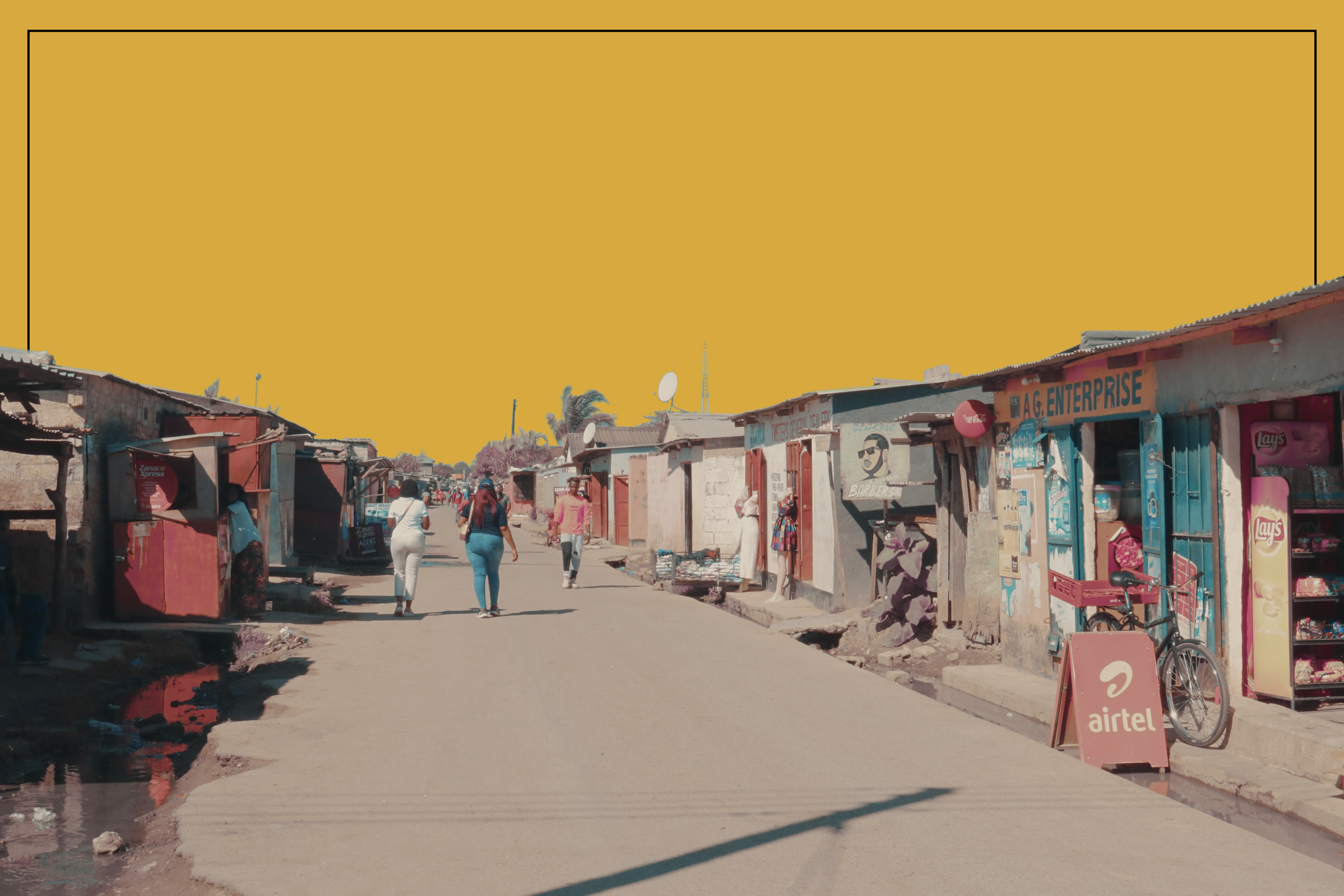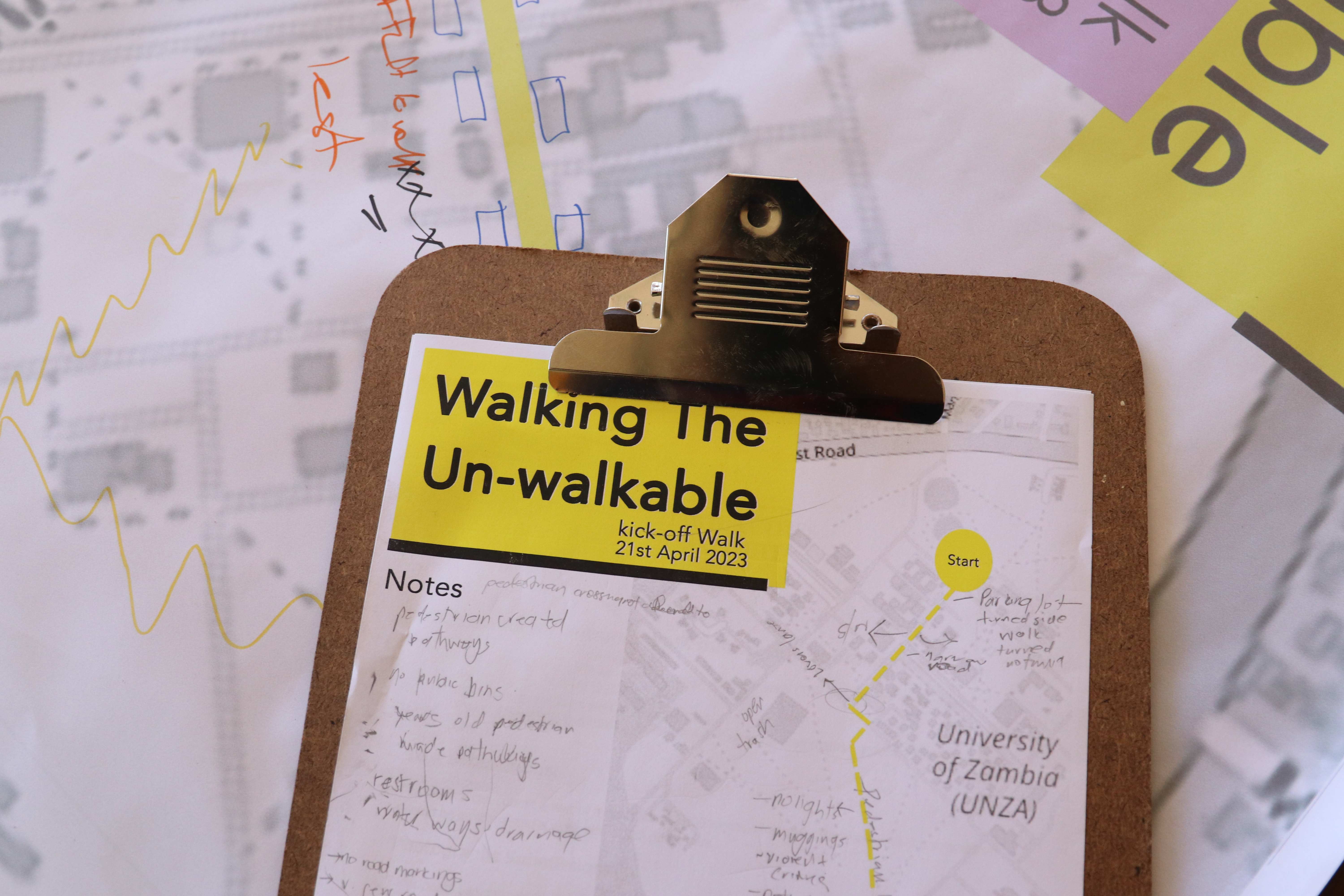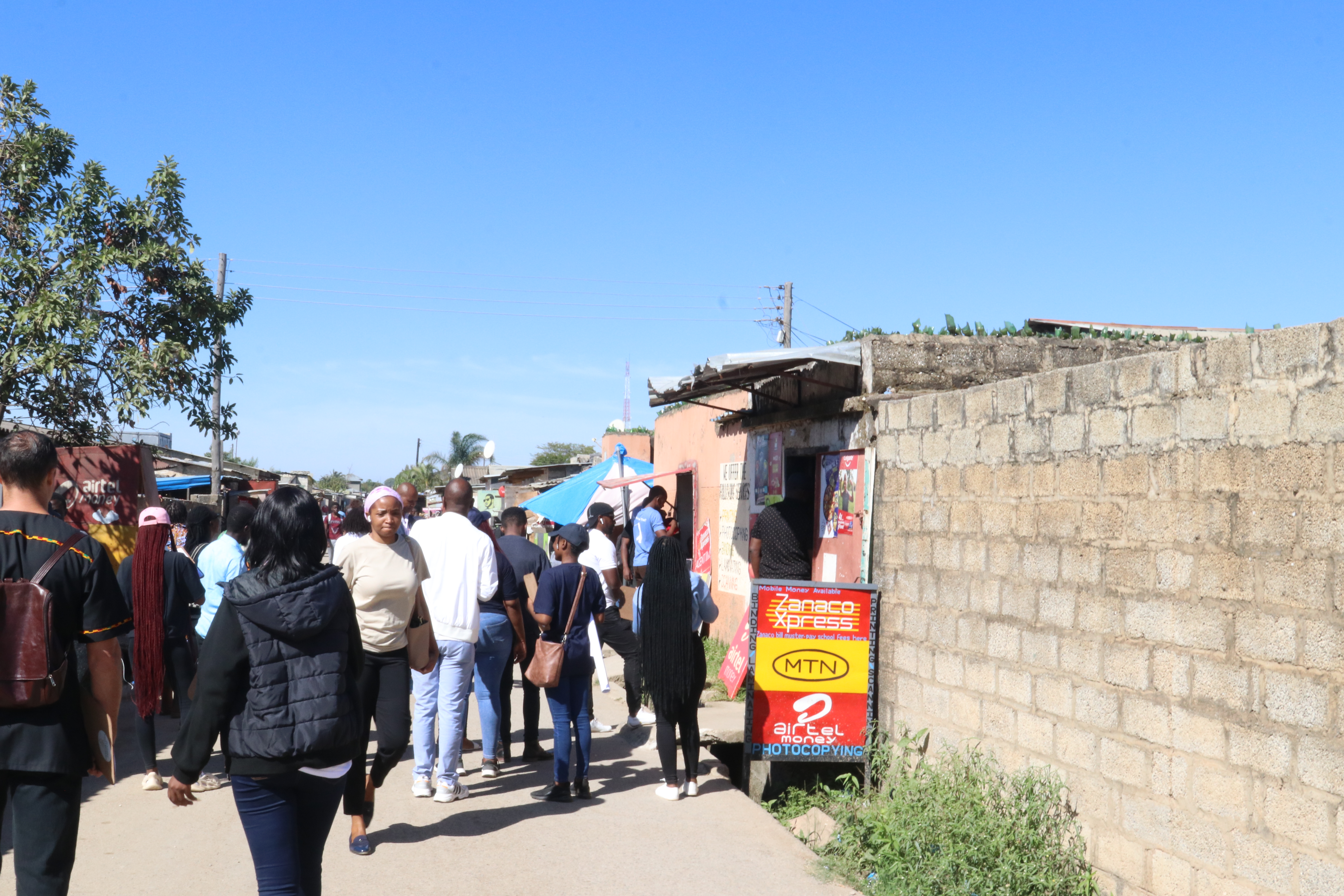Addressing Walkability and Road Safety in Lusaka with the Creating Cities for Non-Motorised Transport Project and the Charter Cities Institute
Where Are the City's Sidewalks?
April 28, 2023

Living in the heart of Lusaka, I have gotten dependant on using cars and ride-share applications to move through the city. When I first arrived in the city, I was itching to get a scooter and a bicycle but was swiftly convinced otherwise by several cautioners, touting, “Lusaka is not really pedestrian-friendly”. While there are not many sidewalks and streetlights in the evening, I wish I had taken this advice with a grain of salt, because even though there is room to improve the usability of the roads for non-motorised transport, the walk was quite pleasant. The air was clear, I learned a lot about the city and its citizens, and it was great to feel the sun on my skin.
Only 12% of Zambians own vehicles, and 60% of that demographic can be found cruising through the streets of Lusaka. Most of the city’s dwellers, like most of the country’s population, still walks, yet much of the city’s planning is directly geared at motorists. So, if the city is designed mainly for motorists, how do the non-motorised majority move through the city?
Armed with clipboards, pencils and maps, a team of UNDP Zambia staff from the Creating Cities for Non-motorised Transport project and the Accelerator Lab, joined the Charter Cities Institute’s Lusaka Urban Labs for a co-mapping walk and workshop to answer this burning question. Alongside the Permanent Secretary to the Ministry of Local Government and Rural Development, the Zambia Institute of Policy Research, the Centre for Urban Research and Planning, and students of the University of Zambia, we walked from the University of Zambia’s esteemed Goma Lakes, down through a pedestrian-made foot path out of the school, into Kalinga Linga and then into Mass Media, ending at a quaint little coffee shop run by a chicken – more on that later.

The participants of the walk used clipboards to record their findings
The purpose of the walk was to assess the walking experience, the infrastructure conditions, and the urbanity (referring to the presence of factors such as mixed and single land usage, density and retail floor space ratio) the selected path, to determine how easy it is and could be for non-motorised road users to use the streets in the day and at the night.
Regarding the infrastructural conditions, there were a few key hazards and interruptions spotted throughout the walking tour that regular walkers likely encounter on a daily basis. The first one we noted was the lack of street lighting. There were only a few solar powered streetlights within the University’s premises that disappeared on the pedestrian-made foot path that led out of the school, making a brief appearance along the side of the busy Nangwenya road, then disappearing again as soon as we entered the densest part of the walking tour – Kalingalinga market.
There were also shallow, open gutters that, according to the students that make use of the path daily, are prone to flooding which leaves this walking route nearly unusable during the rainy season. One student shared that her typical 20-30 minutes’ walk down this path into and out of campus, turns into an hour and a half long walk around the path during the rainy season.
In the height of summer though, the students, workers, and other road users, brave the scorching sun to make it to their classes, places of work, business, and to run their errands. Outside of Mass Media, the suburb that sandwiches the Kalingalinga market, the rest of the path featured no forms of shade. Shelter covers and trees were only found in Mass Media – even the guard that sat outside the gate of the university carried his own umbrella.
Considering that the selected path is patronised by students of the University of Zambia as one of the most popular routes in and out of campus, this route is one of the key walking routes in the city. It is crucial that its daily users are protected from the harshness of the weather, crime, and road accidents.
Also, where are the sidewalks?
Moving laterally through into the school towards lecture halls and other college facilities, and nowhere else. Pedestrians walked on the shoulders of roads that had them, and on plain old car thudded tarmacs in most other instances. There was also a prominence of pedestrian-made foot paths which had been there since before 2007, when a colleague of mine attended the University herself. These pathways, although popular amongst road users for years and used frequently by non-motorists moving through the city, feature no infrastructural modifications.
Altogether, the walk was enlightening. It is generally easy to move through the city, as much of the Zambian population does. And since walking is healthy for individuals, sustainable for the planet, and clearly the popular and sometimes necessary choice for Zambians, what can be done to make it safer and more dependable for all involved?
"It is generally easy to move through the city, as much of the Zambian population does. And since walking is healthy for individuals, sustainable for the planet, and clearly the popular and sometimes necessary choice for Zambians, what can be done to make it safer and more dependable for all involved?"
At the last stop of the walk –the Hen-run café – the group gathered over a large map of the walking path, pointing out opportunities for further infrastructural improvements. The group pointed out that more solar powered lights would be helpful for the road-users at night and more lanes specifically dedicated for pedestrians and cyclists would make the movements of pedestrians more comfortable and safer to use. Further, sensitisation efforts are also needed to ensure that the motorists are alert to the fact that the road is shared with walkers and riders, and to encourage mutual respect for all road users.
In tight areas like the narrow streets of the Kalingalinga markets, I would even go as far as to say, these areas could be sealed off for only non-motorised entries, to prevent accidents and blockages and create more spaces that encourage non-motorised transport use.
At the last stop of the walk –the Hen-run café – the group gathered over a large map of the walking path, pointing out opportunities for further infrastructural improvements. The group pointed out that more solar powered lights would be helpful for the road-users at night and more lanes specifically dedicated for pedestrians and cyclists would make the movements of pedestrians more comfortable and safer to use. Further, sensitisation efforts are also needed to ensure that the motorists are alert to the fact that the road is shared with walkers and riders, and to encourage mutual respect for all road users.
In tight areas like the narrow streets of the Kalingalinga markets, I would even go as far as to say, these areas could be sealed off for only non-motorised entries, to prevent accidents and blockages and create more spaces that encourage non-motorised transport use.
This campaign aligns with at least 5 SDGs, including SDG 3: Good Health and Well-Being; SDG 11: Sustainable Cities and Communities; SDG 13: Climate Action; SDG 15: Life on Land, and: SDG 10 Reduced Inequalities. All are these SDGs are crucial, but I'd like to emphasise the relevance of SDG 11:Sustainable Cities and Communities. We have witnessed the urgent need to advocate for the rights of pedestrians and cyclists in Zambia, enabling them to use the roads adequately and safely.

A busy street in Kalingalinga
Promoting regular physical activity, such as walking and cycling, can lower the prevalence of noncommunicable diseases, which are a growing concern in Zambia. Further, research increasingly shows the detrimental effects of poor air quality on health, particularly on children's cognitive development. Encouraging non-motorised movements as an alternative to driving can significantly improve urban air quality.
During the commemoration of Road Safety Week, the UNDP Zambia Country Office rolled-out a series of advocacy and awareness raising activities to demonstrate the importance of balanced urban-planning that reflects Zambian’s movements through dense areas with mixed land use and its quieter sub-urban sections, and to communicate the need to scale interventions that can improve road-safety for non-motorised road users. This directly aligns with the Global Plan for the Decade of Action for Road Safety 2021-2030, which sets an ambitious yet attainable target to reduce road traffic deaths and injuries by 50% by 2030.
Now to the part of this story I am sure you are most interested to learn about, how does a chicken run a café? Well, that may have been a slight over exaggeration. Henrietta the chicken is a pretty vivacious hen owned by the managers of the Moca Puddle – the last stop on the walking tour. On an average day, you can find her confidently strutting up and down the café, engaging guest and making her presence known. Henrietta, and her cat brothers – Nutmeg and Muskat – keep the café’s guests entertained and smiling, to allow their owners to focus on baking delicious brownies and cookies for the people of Lusaka.

 Locations
Locations


